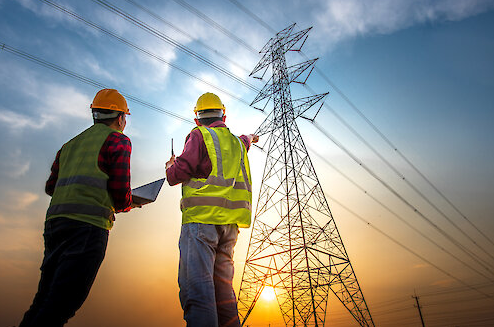
Electricity rates in Alberta have been subject to fluctuations due to various factors, such as supply and demand, changes in the energy market, and government policies. As we approach 2023, forecasting electricity rates in the province has become increasingly important for both consumers and industry participants. In this article, we will analyze the factors that may influence electricity rates in Alberta in 2023 and provide an outlook for future energy prices.
Factors Influencing Alberta Electricity Rates
- Supply and Demand
Electricity prices are primarily determined by the balance between supply and demand. As Alberta’s population and economy continue to grow, the demand for electricity is expected to increase. However, the province’s electricity generation capacity has also expanded in recent years, with significant investments in renewable energy sources such as wind and solar. The availability of additional generation capacity, along with the potential for energy efficiency improvements, could help mitigate the impact of rising demand on electricity rates.
- Natural Gas Prices
In Alberta, natural gas is a key input for electricity generation, with a significant portion of the province’s electricity supply coming from natural gas-fired power plants. Consequently, fluctuations in natural gas prices can have a direct impact on electricity rates. The outlook for natural gas prices in 2023 will depend on factors such as global demand, production levels, and storage inventories. If natural gas prices remain stable or decrease, this could help keep electricity rates in check.

- Government Policies and Regulations
Government policies and regulations can also influence electricity rates in Alberta. The province’s energy market has undergone significant changes in recent years, with the implementation of the capacity market and the introduction of carbon pricing. The future direction of government policies, such as potential adjustments to the carbon pricing system or support for renewable energy development, could have an impact on electricity rates in 2023.
- Renewable Energy Development
As Alberta continues to transition towards a more sustainable energy mix, the development of renewable energy sources will play an increasingly important role in determining electricity rates. The cost of renewable energy technologies, such as wind and solar, has declined significantly in recent years, making them more competitive with traditional energy sources. Continued investments in renewable energy projects and improvements in energy storage technologies could help stabilize electricity rates in the province.
Alberta Electricity Rates Forecast 2023
Taking into consideration the factors mentioned above, the outlook for electricity rates in Alberta in 2023 is as follows:
- Moderate Rate Increases: The growing demand for electricity, driven by population and economic growth, may result in moderate rate increases in 2023. However, the impact of rising demand could be partially offset by the availability of additional generation capacity and improvements in energy efficiency.
- Dependence on Natural Gas Prices: The trajectory of natural gas prices will be a critical factor in determining electricity rates in Alberta in 2023. If natural gas prices remain stable or decline, this could help mitigate the impact of rising demand on electricity rates.
- Influence of Government Policies: The future direction of government policies and regulations, such as adjustments to carbon pricing or support for renewable energy development, could have a significant impact on electricity rates in 2023. While the exact policy direction remains uncertain, it is likely that the government will continue to support the transition towards a more sustainable energy mix.
- Stabilizing Effect of Renewable Energy: The ongoing development of renewable energy sources and improvements in energy storage technologies could help stabilize electricity rates in Alberta in 2023. As renewable energy costs continue to decline, these technologies may become increasingly competitive with traditional energy sources, helping to mitigate the impact of rising demand on electricity rates.
Conclusion
While predicting future electricity rates is always a challenge, the factors discussed above suggest that Alberta may see moderate rate increases in 2023, driven by population and economic growth, and dependent on natural gas prices. However, the impact of rising demand could be partially offset by the availability of additional generation capacity, improvements in energy efficiency, and the continued development of renewable energy sources.
The influence of government policies and the ongoing transition towards a more sustainable energy mix will also play a crucial role in shaping electricity rates in the province. As renewable energy technologies become increasingly competitive, they could help stabilize electricity prices and create a more resilient energy market in Alberta.
Ultimately, understanding the various factors that influence electricity rates is essential for consumers, businesses, and policymakers alike. By staying informed about these factors and monitoring trends in the energy market, stakeholders can make more informed decisions about energy consumption, investments, and policy development.








